By: Ann Fitz-Gerald, Ph.D.
The world, for the most part, has forgotten the Afar.
From a western perspective, the geography makes the job easier. The sheer geographical remoteness of the northern communities of Ethiopia’s Afar Regional State, and the vast arid distance between this northern mountainous area and the stretch of the region’s lower ground to the south, has seemingly isolated it from the Tigray conflict. But the region is very much a victim of the war.
The regional capital, Samara, is challenged even to provide basic services to communities including communications, banking and electricity. Because of their relative closeness to Mekelle in Tigray, Afar’s northern communities—Megale, Abala, Erebti, Berahle, Koneba and Dallol (known as Afar’s ‘Zone 2’)—have always relied on service provisions from Tigray’s regional capital instead of its own. As a result, similar to the Tigray population, these communities have been cut off from services since the outset of the conflict.
The TPLF has always claimed that Tigray was “surrounded” by government troops. But information on the deployment of federal troops directly contradicts this, and the Afar confirm that, despite their long regional border with Tigray’s capital city, there was no active ENDF force presence in Afar. In fact, other than the cessation of basic services and the witnessing of pre-November 2020 trench-digging along the shared Tigray-Afar border area, these communities did not become directly involved in the conflict until the Ethiopian Government’s declaration of a unilateral ceasefire in June 2021.
After the ceasefire, Tigrayan fighters crossed their regional border and pushed down into northern Amhara, going on a spree of looting and vandalizing hospitals, university campuses, and other infrastructure. A more robust response from the ENDF forced many of the surviving and non-surrendering Tigrayan fighters to retreat. Those who fled were then mobilized towards Chifra and Mille, the southwest region of Afar which hosts Ethiopia’s strategic lifeline: the road that connects Ethiopia’s industrial heartlands to Djibouti’s ports.
With still no federal forces in the region, it was the Afar regional militia which pushed back the Tigrayan rebels over 20 days of battle. Once the Afar militia was joined by the ENDF, the rebels retreated back to Abala. Home to previous TPLF leaders, and the former Afar regional president, Siyoum Awal, once the TPLF’s front man in Samara and who had organized some of his clansmen to support the Tigray rebels, Abala served as an important strategic entry and coordination point for the rebels, who consolidated with other units to build a formidable presence of around 17,000 fighters.
The TPLF’s campaign in Afar spread from one community to another, yet the Afar clans, well organized at the village level but armed only with traditional weapons, managed to hold the rebels at bay. The incursions continued until early December when the TPLF went through the PR exercise of talks with clan elders, assuring observers that regional tensions were being solved by religious leaders. Meanwhile, their attacks and occupation went on. The TPLF then claimed that the Afar were cooperating with Eritrean soldiers. Insisting that this was not the case, the Afar cite the TPLF’s accusation as a means to an end, justifying the next day’s 18 December 2021 full-scale attack on their northern communities.
The TPLF gradually occupied these six northern districts – areas rich in salt, copper, gold, sulfur, potash and other mineral resources. Although the sixth district of Dalu also became occupied, it was liberated by the Afar the next day. Extensive interviews and review of the data available suggest that, although the rebels initially numbered around 17,000, the occupying force is now closer to 85,000-100,000; fighters equipped with artillery, sniper rifles, and heavy weapons. As elsewhere in the Amhara region, the Afar describe the TPLF as having employed a “human wave” strategy in the region, and their own inability to feed their forces is what’s behind a voracious looting of Afar businesses and homes. Many TPLF fighters have even offered to sell their weapons to Afar in exchange for safe passage to Djibouti.
For centuries, the Afar have been pastoralists by choice, independent and self-reliant. The war has made many internally displaced persons (IDPs), and now they need to look to aid groups for food and shelter in camps in Samara, or to dilapidated makeshift dwellings in the intensely hot mid-region lowlands of Afdera and Silsa. The “Dagu” clan-based information network reports that 60 percent of the communities are in camps, 30 percent are still sheltering in the mountains, and 10 percent are somewhere in between. Artillery, still booming away, has flattened towns and mosques.
Between stops, women give birth on the side of the road, arriving to camps which lack basic food and water. Children are forced to drink the naturally contaminated water on the outskirts of their now-occupied communities and die along the journey. Those Afar who remain in the communities under TPLF control and try to protect their assets are killed, burned or beaten. Survivors are stripped of their clothes, an act regarded by Afar culture as “dehumanizing”.
Meanwhile, the outside world’s attention—and therefore the focus of humanitarian support—remains on the Tigray region. While no one questions the plight and suffering of the Tigrayan population, the displaced northern Afar communities can literally watch aid trucks drive past them and through their region, to hand over aid to the very leaders who are destroying their lives. Humanitarianism should not discriminate across ethnicity. The Afar, shaken by the same lack of basic services as Tigray but, at the same time, suffering grave atrocities, destruction of their assets and displacement from their lands, still wait for their turn – both from national and international institutions – of receiving greater help. Selective outrage is outrageous indeed.
Ann Fitz-Gerald is the Director of the Balsillie School of International Affairs and a Professor in Wilfrid Laurier University’s Political Science Department.
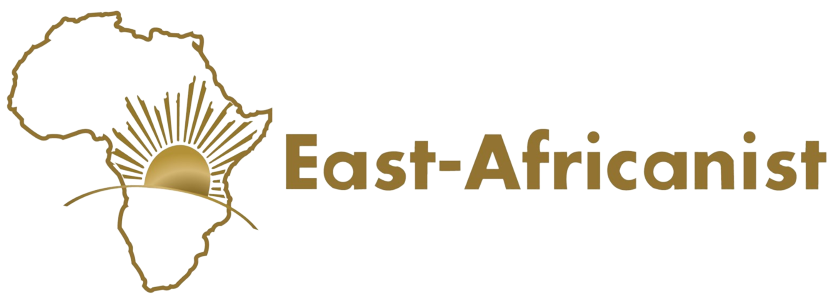
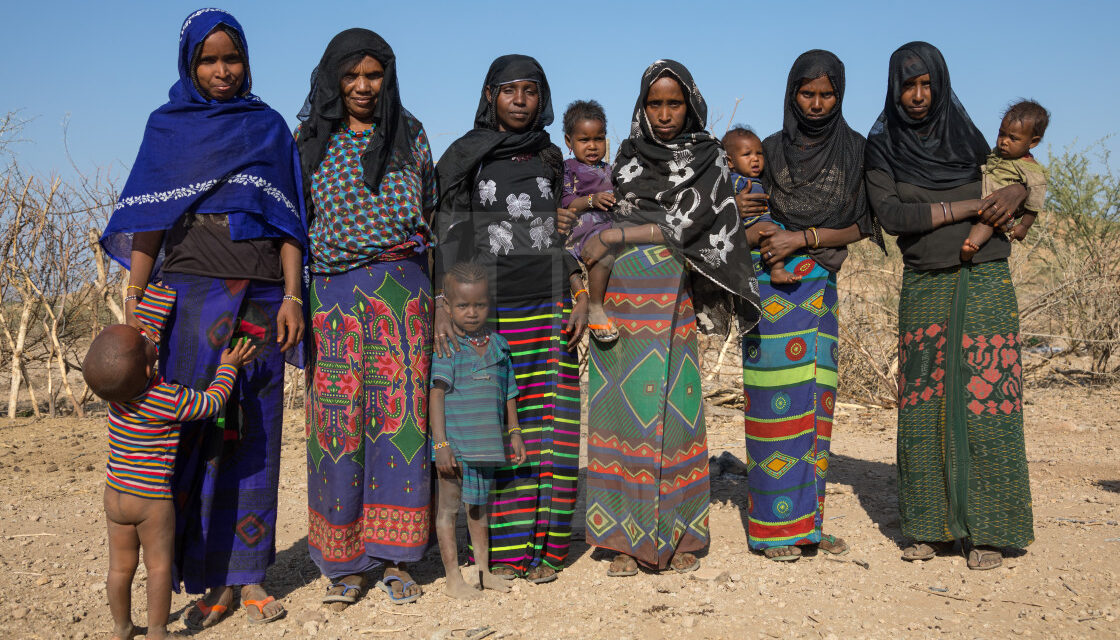
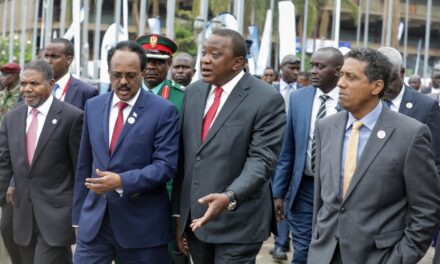

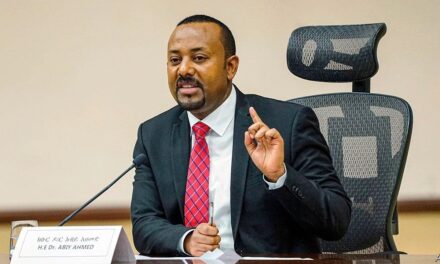
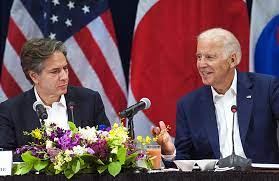
Tnxs @Ann Fitz-Gerald